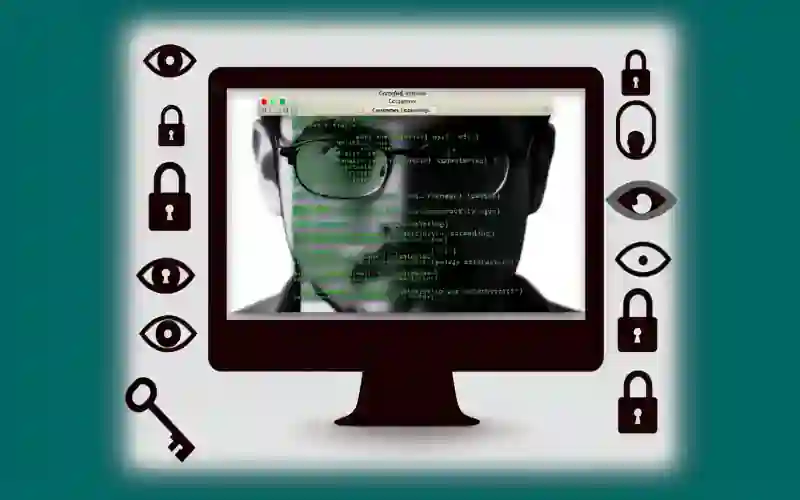
“Shield Your Systems: Beware of Fake CrowdStrike Updates Installing Harmful Tools”
Understanding Malicious Campaigns: How Fake CrowdStrike Hotfixes Install Remote Access Tools and Distribute Data Wipers
In the ever-evolving landscape of cybersecurity, malicious actors continually devise new methods to breach systems and compromise sensitive information. One of the latest schemes involves duping unsuspecting users into installing what appears to be a security update from CrowdStrike, a renowned cybersecurity firm. However, this supposed “hotfix” is anything but benign. Instead of fortifying the users’ systems, it covertly installs remote access tools and distributes data wipers disguised as legitimate software updates.
This deceptive strategy plays on the trust and urgency typically associated with cybersecurity updates. When users receive notifications for these updates, the natural inclination is to act swiftly, often without the due diligence of verifying the source’s authenticity. The fake CrowdStrike hotfix alerts are crafted to exploit this very behavior, leading to unauthorized access and potential data destruction.
The mechanics of this malicious campaign are sophisticated. Cybercriminals begin by sending phishing emails or deploying compromised websites that mimic official CrowdStrike communications. These messages urge the user to immediately download and install a critical update, which purportedly addresses a newly discovered vulnerability. The language used is urgent and technical, lending an air of legitimacy that can fool even the more vigilant individuals.
Once the user downloads and executes the malicious file, the real damage begins. The file typically contains a remote access tool (RAT), which gives attackers control over the victim’s computer. This tool can be used for a variety of wicked purposes, from stealing sensitive information like passwords and financial data to deploying further malware that can spread across an entire network.
Moreover, some versions of this fake hotfix go a step further by incorporating data wipers into the update. Data wipers are malicious programs designed to delete or permanently corrupt data. When triggered, these can wreak havoc on an organization’s digital infrastructure, leading to significant data loss and disruption of operations. The dual threat of remote access and data destruction makes this type of attack particularly dangerous.
The rise of such campaigns highlights the critical need for heightened awareness and education among all internet users. It’s essential to verify the source of any software update before downloading or installing anything. This can be done by visiting the official website of the software provider directly rather than clicking through links in emails or messages.
Additionally, maintaining robust antivirus solutions and keeping all software up to date with legitimate patches and updates are fundamental practices that can shield users from such threats. Organizations should also consider conducting regular training sessions to educate employees about the latest phishing tactics and preventive measures.














